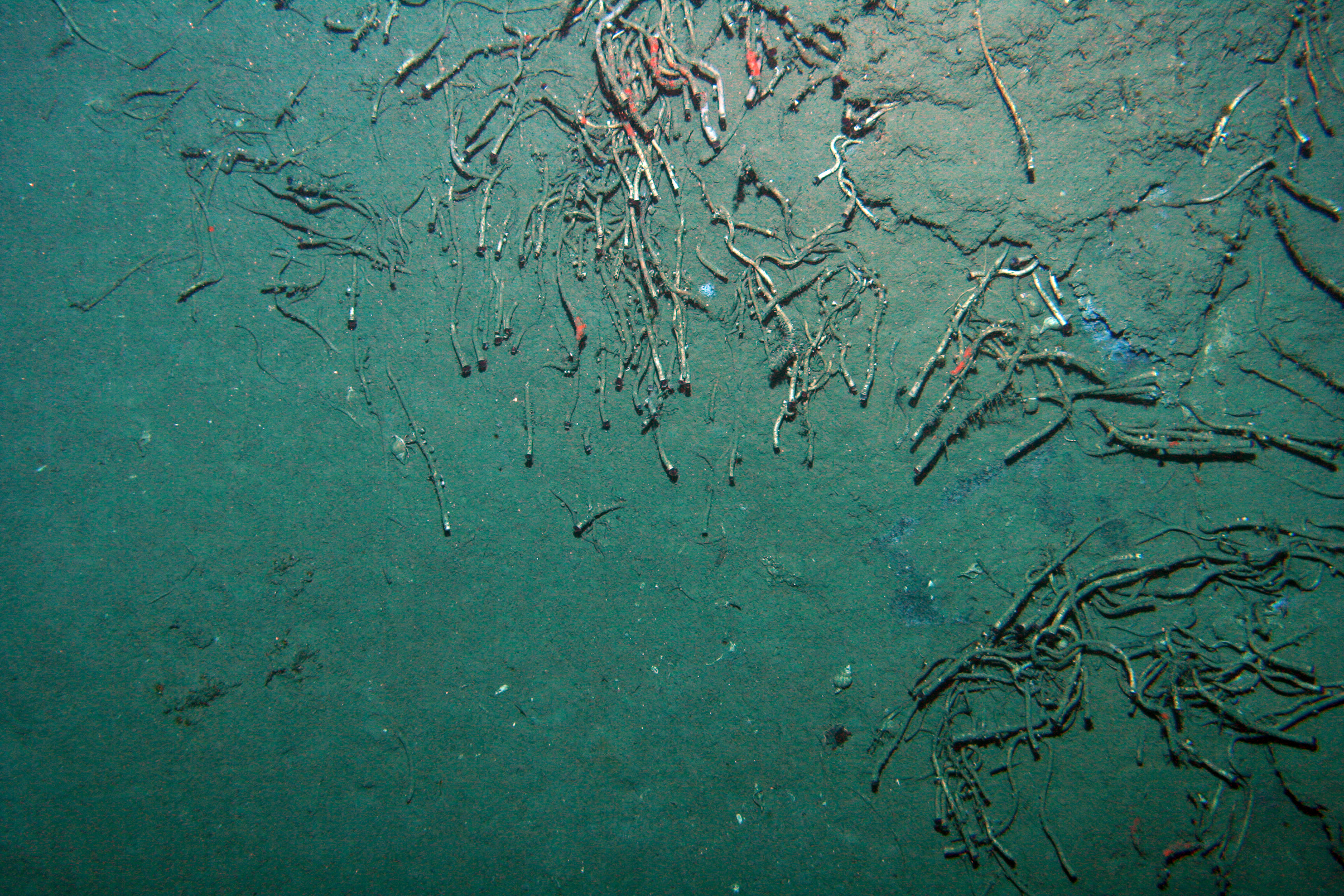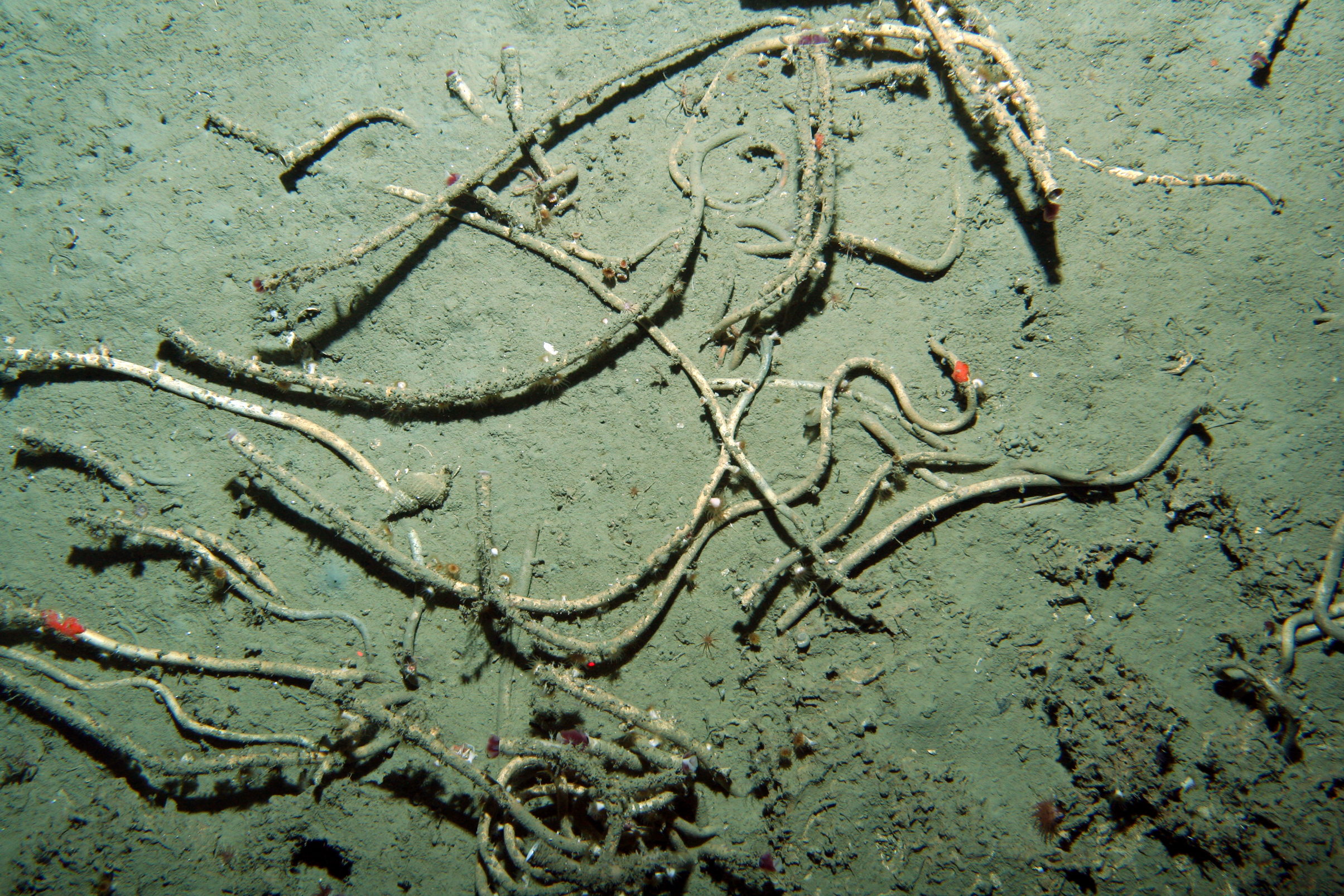Exploration of Chemosynthetic Habitats of the New Zealand Region
US Scientists: NZ Scientists:
Amy Baco-Taylor, WHOI Ashley Rowden, NIWA
Craig Smith, University of Hawaii Bruce Marshall, Nat’l. Mus. of NZ, Te Papa Tongarewa
Timothy Shank, WHOI Phil Barnes, NIWA
Lisa Levin, Scripps Inst. of Oceanography Ian Wright, NIWA
Carlos Neira, SIO Keith Probert, University of Otago
Andrew Thurber, SIO Peter Smith, NIWA
Executive Summary
Unexplored regions of the world offer unique opportunities to provide leaps in our scientific understanding of deep-sea communities. At the Census of Marine Life (CoML) Biogeography of Chemosynthetic Ecosystems workshop in June 2003, New Zealand was identified as one such high priority region for advancing our global understanding of chemosynthetic ecosystems (hydrothermal vents, cold seeps, whale falls and sunken wood). To explore these regions, large-scale collaborative, multinational and interdisciplinary efforts are required.
While some species overlap has been found between whale fall/wood habitats and vent/seep habitats, sampling artifacts exist because whale falls and sunken wood have not been adequately studied in close proximity to vents or seeps. To gain an understanding of how the biota of these four types of chemosynthetic habitats interact, and to evaluate the extent to which they share fauna and evolutionary histories, a comparative study of communities in these habitats must be undertaken in a region where all four habitat are known. New Zealand (NZ) is one such region.
We propose to explore the faunas of known (but unsampled) vent and seep sites north and east of NZ and of naturally and experimentally implanted sunken wood and whale falls in the Kaikoura Canyon (eastern NZ) to address three main goals:
- To explore for new deep-sea chemosynthetic habitat sites, including whale falls, sunken wood, hydrothermal vents and cold seeps.
(2) To explore how community composition and diversity levels change across depth gradients in each of the four habitat types.
- To reveal the physiographic, geologic and chemical setting of hydrothermal vents,
cold seep sites, whale fall and wood habitats and the relationship of these habitat parameters to community structure.
This research meshes with several of OE’s primary objectives including marine life inventories, characterization of novel benthic habitats and ecosystems, and outreach. The NZ region offers tremendous potential for exploration and outreach to the public in both the US and NZ. In addition to characterizing these NZ habitats, this study will provide key information for large-scale understanding of the ecology, biogeography, biodiversity and evolution of south Pacific chemosynthetic fauna, and will allow direct comparisons to North Pacific and Atlantic systems at comparable latitudes. This field program will also contribute to the Census of Marine Life, Chemosynthetic Ecosystems (ChESS) program, which aims to understand global patterns of biodiversity and biogeography in this and other “target areas”.
This is a large-scale exploration project that will result in major scientific discoveries and outreach efforts. We request 3 cruises totaling 96 days of ship time over a two year period: 2 cruises in 2005 on the RV Tangaroa (or equivalent US vessel) totaling 36 days to sink whales and wood packages, trawl for whale bones and wood, and to conduct multibeam bathymetric mapping of potential submersible dive sites; and 60 days of ship time with a submersible (or ROV with substantial sampling capabilities) in 2006 for exploring for sites and for faunal and chemical sampling. Sinking of whale falls and wood may be carried out anytime in 2005 when the vessel (and carcass(es)) are available
| Related Downloads: | |
| Baco et al. 2009 Thurber et al. 2009 |
|
|








